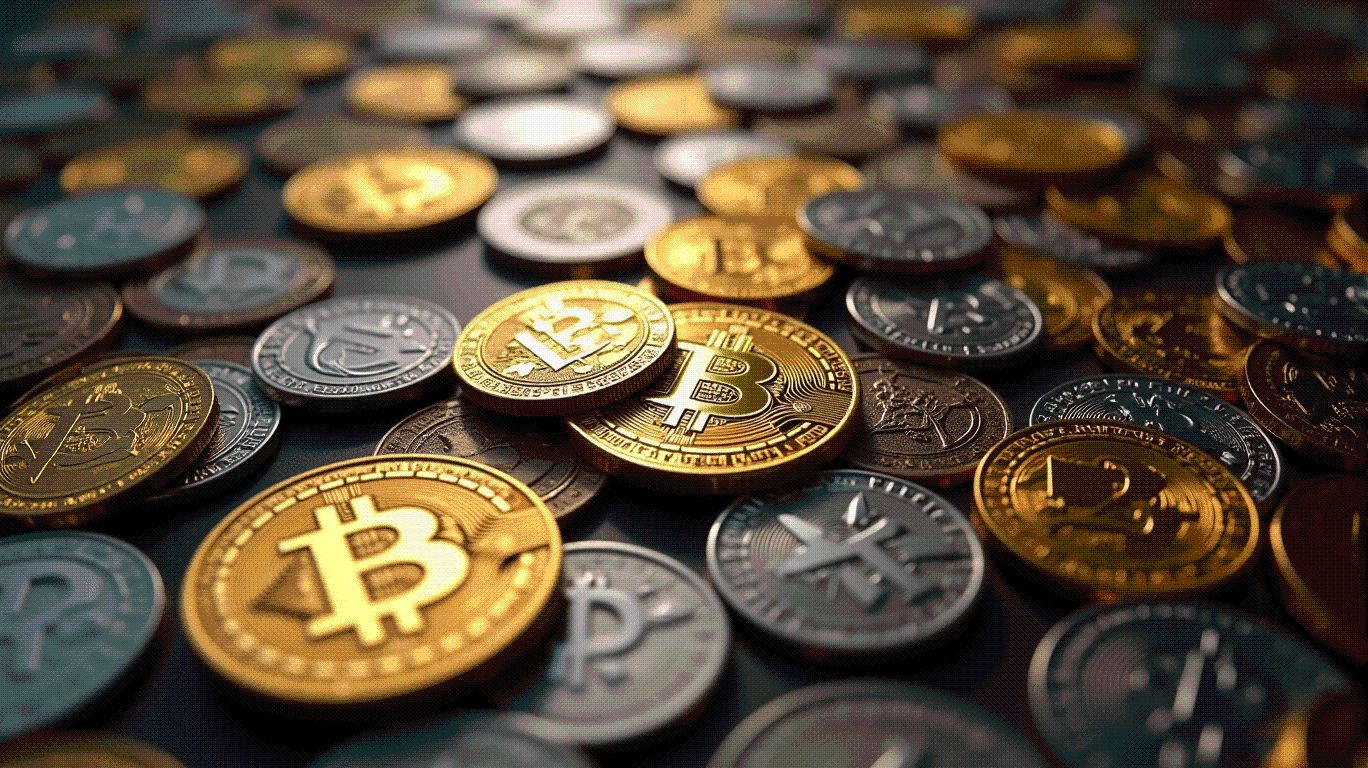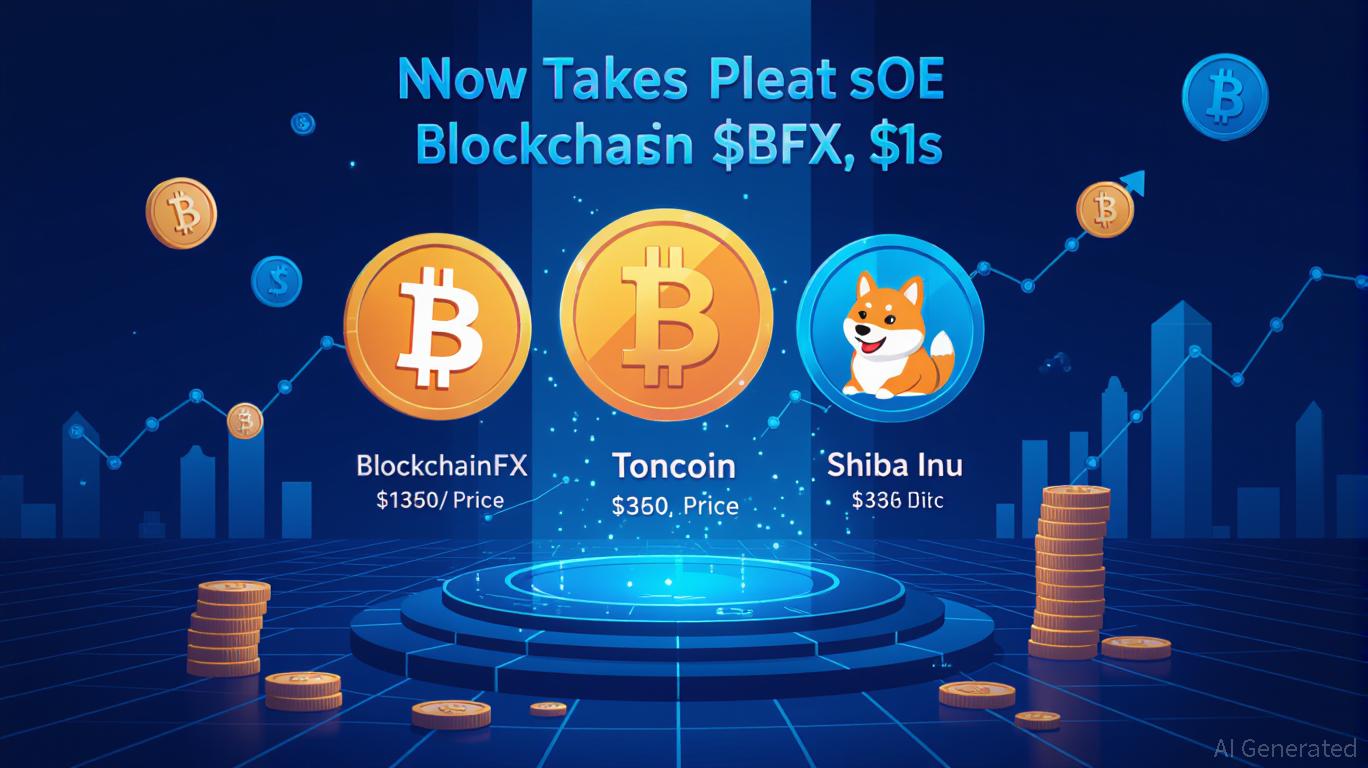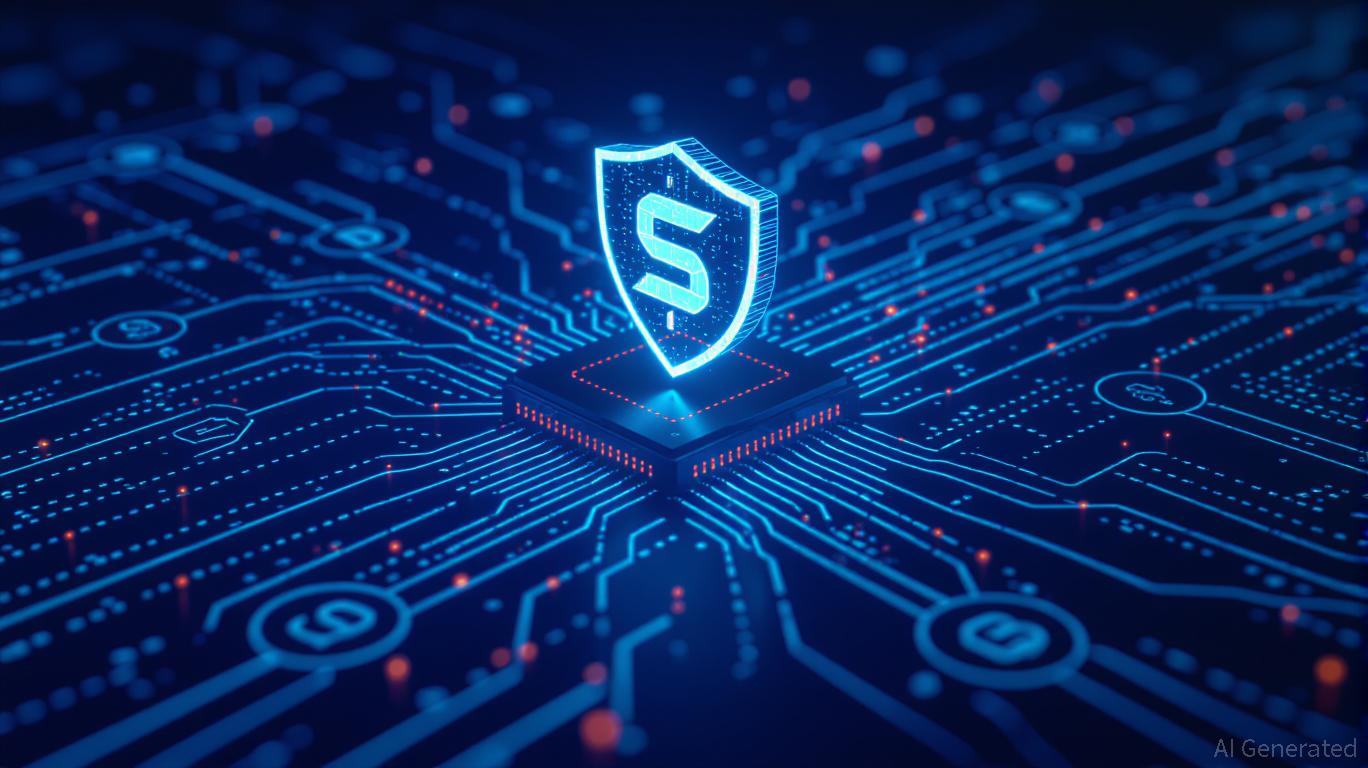- The ongoing narrative around Solana’s performance in the venture capital realm has drawn mixed reactions from industry insiders.
- Recent reports indicate a significant drop in the success rates of 2022 Solana seed startups compared to their 2021 counterparts.
- Meta, a co-founder of Lucid Ventures, emphasized that project failures are commonplace within the VC landscape and not unique to Solana.
This article delves into the current state of Solana startups, evaluating their performance amid shifting market conditions and venture capital dynamics.
The Impact of 2022 on Solana Startups
Solana, once regarded as a burgeoning ecosystem for decentralized applications, faced a significant downturn in 2022, resulting in the failure of over 25% of its seed-stage startups. A retrospective study conducted by Lattice highlighted that only 61% of such projects managed to deliver a product, marking a stark decline from the achievements in 2021, when 75% had successful product launches. This dramatic shift raises important questions about the sustainability of the Solana ecosystem and its capacity to nurture long-term projects.
Comparative Analysis of Startup Success Rates
The analysis by Lattice reveals a worrying trend for Solana compared to other crypto ecosystems. Notably, Binance, Avalanche, and NEAR experienced even higher failure rates in their 2022 startups, illustrating a broader struggle across the industry. Meta’s commentary that the challenges faced by Solana are reflective of standard market behavior underscores the pervasive volatility within the crypto venture capital space. Nevertheless, for investors, this situation serves as a crucial lesson in evaluating the long-term viability of new ecosystems.
Positive Developments Amidst Challenges
Despite the setbacks witnessed in 2022, several Solana-based startups have rebounded, securing significant follow-on funding. Companies such as Drift and Helius have successfully raised over $20 million, indicating a renewed confidence in the Solana ecosystem. This resurgence is further highlighted by the $173 million in venture funding secured during the third quarter of this year—the highest amount since Q2 of 2022—reflecting a gradual recovery in investor sentiment.
The Path Forward: Lessons Learned
The current landscape presents a dual narrative: while the challenges of 2022 loom large, the achievements in securing venture capital funding signal a promising outlook for resilient projects. Investors are urged to remain cautious while keeping an eye on emerging trends and successful startups. The learning curve drawn from the failed projects of 2022 could shape future investment strategies, ultimately guiding venture capitalists towards more sustainable opportunities within the realm of cryptocurrency.
Conclusion
In conclusion, while the Solana ecosystem has experienced a turbulent phase characterized by a high failure rate among startups, there are clear signs of resilience and recovery. The ability of several projects to attract significant funding indicates a potential shift in the narrative. For stakeholders in cryptocurrency and venture capital, the evolving dynamics of Solana’s market performance present both challenges and opportunities. A careful examination of past outcomes, alongside a commitment to fostering robust projects, will be essential for shaping the future of investment within the crypto landscape.




